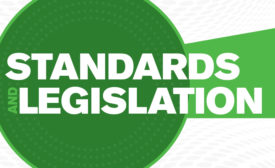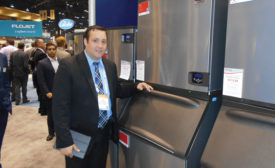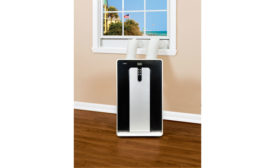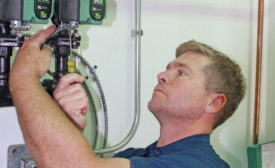Home » Department of Energy (DOE)
Articles Tagged with ''Department of Energy (DOE)''
Funds will help businesses move promising energy technologies to the marketplace
Read More
Efficiency on the Rocks
Products being redesigned in light of new efficiency standards, refrigerant changes
Read More
Portable Rules Spark Confusion
Manufacturers uncertain about the impact of pending DOE regulations
Read More
DOE Prepares to Regulate Circulator Pumps
Stakeholders working to negotiate energy conservation guidelines
Read More
ACCA CEO Promotes HVAC Installations
President Paul Stalknecht lobbies energy secretary for quality installations
June 27, 2016
DOE Finalizes Regional Standards Enforcement
New record-retention requirements for distributors, contractors outlined in rule
June 17, 2016
DOE Partners with CoStar Group to Expand Visibility of Efficient Buildings
Building energy efficiency information will be displayed in CoStar Group’s online property databases
June 13, 2016
Copyright ©2024. All Rights Reserved BNP Media.
Design, CMS, Hosting & Web Development :: ePublishing








